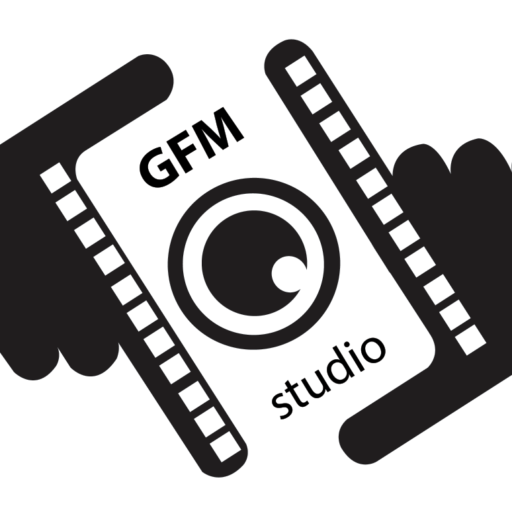SubtitlingSubtitling is one of the key requirements of project’s international recognition. Whether you are distributing your film internationally, sending it out to festivals or importing foreign product to local audience, subtitling or dubbing is required to make the film accessible to the audience in its native language. In order to produce high quality subtitles in target language, our experts will transcribe the dialog and match it with time-code (a.k.a. spotting). The next step is high quality translation and editing, taking into account the readability standards used in contemporary film industry. Once the subtitles are ready to be inserted to the material, depending on the type of product carrying the subtitles, we offer various methods. Subtitling for 35mm Film Laser etching is popular method used to engrave subtitles to 35mm positives. This method is permanent, meaning you will not be able to remove the subtitles from the 35mm copy later. On the other hand, the film theater will not need any special equipment for displaying the subtitles and the film along with its etched subtitles can be projected at any film theater using ordinary 35mm projector. This method is also handy when submitting a copy to international festivals that do not have special equipment for projecting subtitles over the film during screening. If multiple 35mm prints are to be embedded with subtitles, we would suggest layering subtitles on negatives before printing. Layering subtitles on negatives is popular for theater chains that include many theaters and need multiple copies of subtitled 35mm positives. For this method we layer the subtitles on negatives and print multiple positives with embedded, not removable subtitles. The prints can be distributed to multiple theaters. The theaters will not need special equipment to project the subtitles, just regular 35mm film projectors. Contemporary subtitling systems of digital cinema is probably one of the best and most convenient ways of projecting subtitles in film theaters. This method requires installation of special subtitling projection system in each projection room. The equipment matches the existing sound system and works like digital soundtrack of the film — you insert a CD with subtitles and it matches the time-code of the film, projecting subtitles over existing film projection. As this method does not touch the 35mm positive itself, the subtitles can be turned off for special screening, or changed with different subtitles (e.g. different language). Once the subtitling system is installed in the theater, the production of subtitle CDs for films takes considerably less time and resources compared to other subtitling methods. Primitive subtitle projection system is probably not the best method for projecting subtitles over 35mm films, though it is very cost-effective and easy alternative for very small theaters, small festivals or presentations in need of displaying subtitles over film or video projection. Subtitling for Blu-Ray, DVD and Television Both formats allow optional subtitles to be embedded in various languages. We can remaster existing Blu-Ray and DVD disks and add additional subtitle tracks, or author a new navigation system with subtitles selectable from menus, as well as from player’s controls. For television we offer live subtitling (captioning) — especially handy for newscasts and talk shows — as well as offline overlaying the subtitles to existing video material, resulting in a video material than can be played out on television with embedded subtitles. The viewers will not need a special captioning decoder to see the titles, but the subtitles will be permanent and visible to all audience. |


